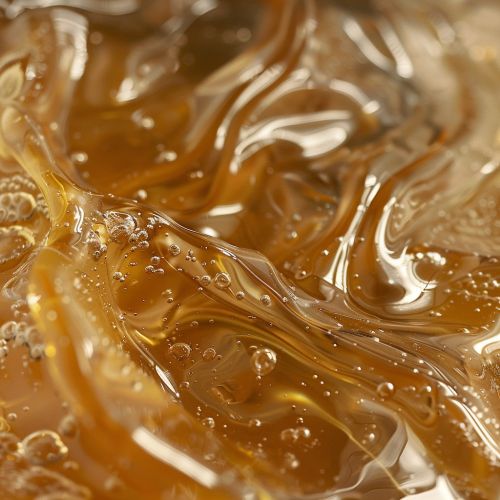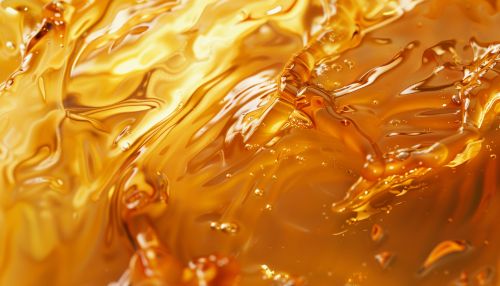Grease
Introduction
Grease is a semi-solid lubricant that consists of a soap emulsified with mineral or vegetable oil. The characteristic feature of greases is that they possess a high initial viscosity, which upon the application of shear, drops to give the effect of an oil-lubricated bearing of approximately the same viscosity as the base oil used in the grease. This change in viscosity is called thixotropy. Grease is sometimes used to describe lubricating materials that are simply soft solids or high viscosity liquids, but these materials do not exhibit the shear-thinning properties characteristic of the classical grease.


Composition
Grease is typically composed of a soap, a thickening agent that contributes to its semi-solid state, and a base oil. The soap is often made from a combination of alkali metals such as sodium or lithium, and fatty acids derived from animal or vegetable fats, or from petroleum. The base oil, which can be a mineral oil, synthetic oil, or a vegetable oil, provides the lubricating properties of the grease.
Types of Grease
There are several types of grease, classified by the type of soap, base oil, and additives used in their composition.
Lithium Grease
Lithium grease is the most commonly used type of grease. It is made with a lithium soap and a base oil, and is known for its good water resistance and excellent mechanical stability.
Calcium Grease
Calcium grease is made with a calcium soap and is known for its excellent water resistance. It is often used in marine applications.
Sodium Grease
Sodium grease is made with a sodium soap and is known for its high drop point and good mechanical stability. However, it has poor water resistance.
Aluminum Grease
Aluminum grease is made with an aluminum soap and is known for its excellent high temperature performance. It is often used in high temperature applications.
Synthetic Grease
Synthetic grease is made with a synthetic base oil, which gives it excellent performance at high and low temperatures, and good resistance to oxidation and degradation.
Applications
Grease is used in a variety of applications to reduce friction and wear, and to protect against corrosion. It is commonly used in automotive, industrial, and household applications.
Automotive Applications
In automotive applications, grease is used to lubricate parts such as wheel bearings, chassis points, and universal joints. It is also used in the assembly of engine parts.
Industrial Applications
In industrial applications, grease is used to lubricate machinery parts such as bearings, gears, and chains. It is also used in the assembly of equipment.
Household Applications
In household applications, grease is used to lubricate door hinges, locks, and other moving parts. It is also used in the assembly of appliances.
Properties
The properties of grease are determined by its composition. These properties include its viscosity, drop point, water resistance, and mechanical stability.
Viscosity
The viscosity of grease is a measure of its resistance to flow. It is determined by the type and amount of soap and base oil used in its composition.
Drop Point
The drop point of grease is the temperature at which it begins to melt and become liquid. It is determined by the type of soap used in its composition.
Water Resistance
The water resistance of grease is a measure of its ability to resist being washed out by water. It is determined by the type of soap and base oil used in its composition.
Mechanical Stability
The mechanical stability of grease is a measure of its ability to maintain its structure and consistency under mechanical stress. It is determined by the type and amount of soap and base oil used in its composition.
